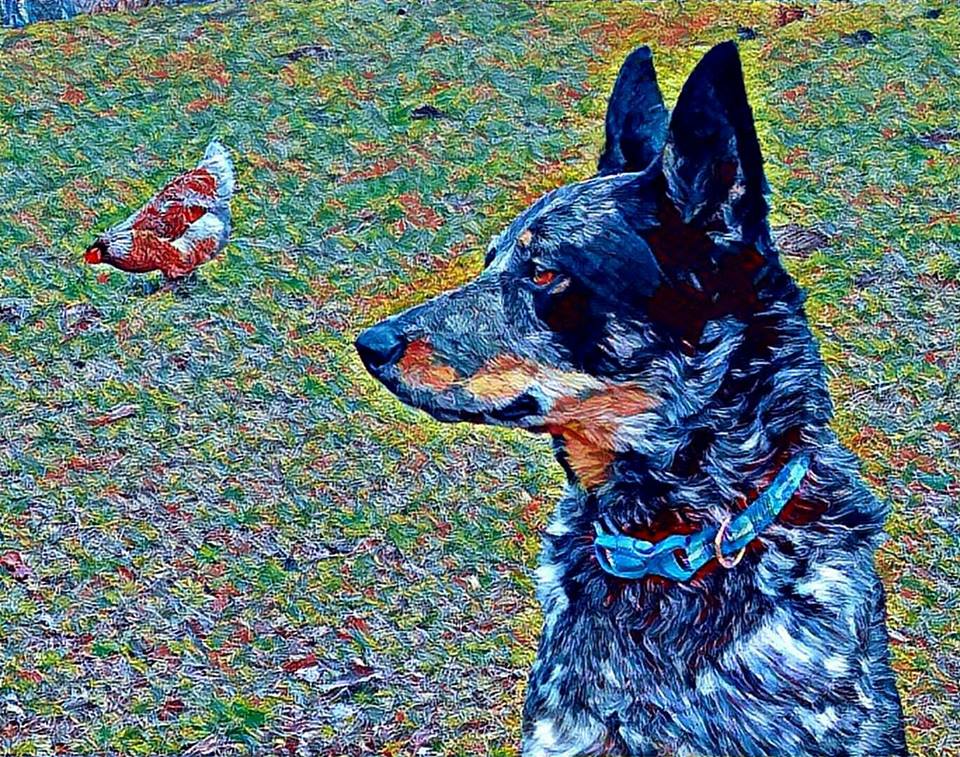Yay! We have exciting farm news!
We have finally crunched the numbers, finalized our seed orders and planned our gardens and fields, so now it’s time to announce that we are doing our very first CSA sign-up this year!
What is a CSA?
CSA stands for Community Supported Agriculture and it’s the best way for farmers and consumers to partner to help farms match production to their markets. CSA subscribers purchase, up front, a share in the farm’s growing season in exchange for produce over a set number of weeks of the season. Large farms are capable of doing a drop-off every single week of a spring/summer season, however, small farms like us don’t have the means to produce that much. So most small farms, especially 1st timers, keep the delivery to a couple times a month. Typically, there is a drop-off site or sites where CSA members pick up their weekly shares each week/month, or they come directly to the farm.
2018 CSA number crunching.
Since this is our first year running a CSA we are only doing a signup for once or twice a month produce deliveries. Each delivery will contain $30 worth of fresh, seasonal, organic produce delivered to a location near you. Our season will start Saturday, May 26th and go until Saturday, October 27, a full-season will be $300 for 11 weeks, delivered twice a month or a half season will be $165 for 6 weeks, delivered once a month. Every box will include farm fresh eggs, but otherwise the produce and herbs will change depending on that week’s crop.

We will also include some jellies, jams, hot sauces, salsa etc from time to time as well. A small sample of this season’s crops include 5 varieties of lettuce, 3 varieties of spinach, 3 varieties of eggplant, 15 varieties of peppers (hot and bell), 15 varieties of tomatoes, 3 varieties of apples, Bartlett pears, Jubilee peaches, Bing cherries, Detroit dark red beets, kohlrabi, 7 varieties of radishes, 7 varieties of carrots, Concord grapes, broccoli, delicata squash, acorn squash, pumpkins, 3 varieties of onions, 4 varieties of garlic, shallots, zucchini, cauliflower, purple and green brussel sprouts, 2 varieties of tomatillos, 3 varieties of green beans, black raspberries, blueberries, red raspberries, watermelon, snow peas etc…the list is long. We are really looking forward to the upcoming season and are soooo ready for Spring!

This is going to be a lot of fun. We’re so excited to get the ball rolling on this. It will be nice to know that every single thing we grow will find a home. The 2018 season is going to be great!
If you are interested in joining our CSA, drop us a line!








